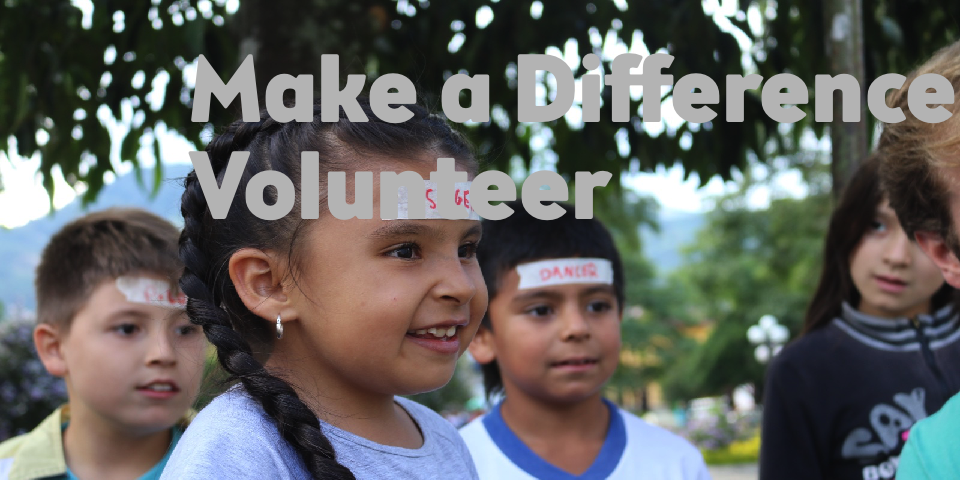Input – Listening and Reading. One of the Four integral parts of the ACA Method (Input, Output, Fundamentals, Mastery). In fact, in the 70s, linguist Stephen Krashen proposed the Input Hypothesis. Basically, all you need is quality, comprehensible input to acquire a second language. Babies do it by the billions!
But what kind of input is quality and just how comprehensible does it have to be? Was Krashen saying that if I just stared at a German newspaper everyday that eventually it would creep in? And why is it that I know gringos who have lived decades abroad in Latin American countries and still have pretty poor Spanish speaking skills?
Not All Input Is Created Equal
Babies acquire languages not by jumping into the deep end and going from there. There is no equivalent between a young child slowly being nudged and prodded and questioned, often with encouraging ‘caretaker talk’, and a momma bird pushing her poor little baby bird out the nest so they finally fly the coop.

So young children are being lead through a progression. They are talked to using caretaker talk: basically, simple speech and grammar clearly enunciated. Much the same way you might (or have heard someone else) talk to a foreigner who doesn’t understand English that well.
You. Start. To. Slow. Down. Talk. More. Simple.
This is exactly what we want as our “comprehensible input”. We can’t just start off with advanced text. Studies show that in order to learn a new word from context you need to understand 95%+ of that context. So we better start with input we actually understand.
Beginner Level Input
If you tackle the most frequently used words first, with only 600-1000 words you can cover a surprisingly large grasp of what is used by most native speakers in everyday situations.
Listening is going to be difficult without “caretakers” around willing to speak just that slowly and simply. However, a one-on-one private teacher (like we use with ACASpanish.com) could definitely help with this process.
Music is the answer!
There are so many songs with extremely catchy lyrics (read: simple and not overly verbose) that it would be impossible to even list all the genres. YouTube will even be a big help with visuals to help understand the context. Many songs are also uploaded with lyrics (search: song + lyrics) and while as an intermediate you will want to drop that crutch it can be a big help to start out. As long as they aren’t in your native language!
Intermediate Level and Beyond
As soon as is humanly possible, you will want to upgrade to serious input: actual full course media. Television shows, news broadcasts, movies, comedy routines, which to choose?
Comedy routines and skit shows can often be filled with way too much specific popular culture. Most of it will be well beyond the understanding of most second-language acquirers, and are often even country specific. While certainly a rich source of entertainment, its a far cry from the best.
Dramatic cinema is great but again a big commitment. If a movie is too complicated for you to understand, you’ve got a sunk cost on your hands if you already started it. Plus the emotional subtleties being expressed by a slight turn of phrase or change in pitch is complicated and advanced, trust me.
Same with comedic movies. Not laughing when you should be laughing is not a good time.
So what then? Television shows! Half an hour of a time investment. And as the series progresses, you are going to be able to take advantage of better understanding the context – of the characters and the situations they found themselves in. And not comedy shows but soap operas!
Over the top acting with simple to follow story lines make for a readily comprehensible source of high quality input. Let the love affair of Carlos and María pull you in and keep you hooked.
If you want to know anything about Colombian culture, I seriously recommend “Sin Tetas No Hay Paraíso”. It is based on a book by Gustavo Bolívar and centers around a single family living in Pereira that finds itself in the dark world of narcotráfico and prostitution within the backdrop of regular Colombian family life.

I won’t spoil it by talking too much about it, but its much better than the later-released ‘more polished’ updated version “Sin Senos No Hay Paraíso”.

Pingback: Learning a Language vs. Acquiring A Language